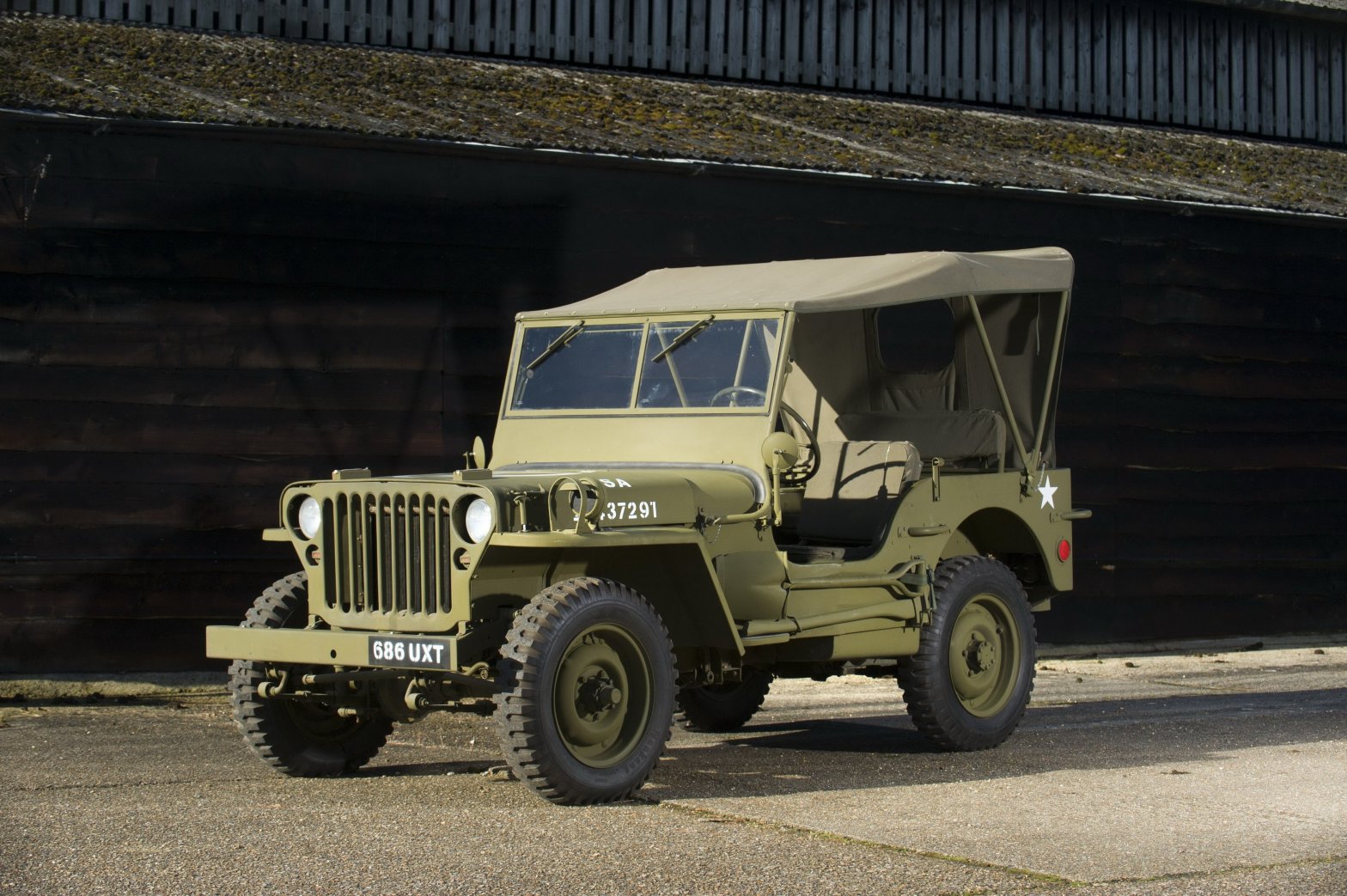December 2018, Jeep releases the sales numbers of its most successful year in history. In total, Jeep sold 973,227 vehicles. By the end of that year, the Wrangler became the brand’s best-selling model, with 240,032 units delivered to the customers, outselling even the Jeep Cherokee.
Jeep is, nowadays, one of the most lucrative brands among the Fiat-Chrysler conglomerate, and the Wrangler became its most iconic model.
From its roots as World War II hero to the status of the most emblematic off-road vehicle ever, the Wrangler traveled a very interesting road. Let’s remember some important facts throughout more than 7 decades of uninterrupted production.
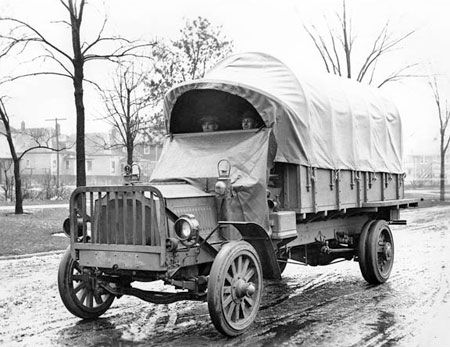
World War I (1914-1918) is the event that marks the beginning of the mechanized warfare, to haul troops, guns, and supplies, horses were no longer a match to the petrol-powered trucks and tanks brought a new terror to the infantrymen on the trenches. But a soldier on horseback was still a hard to beat courier, the horse is nature’s best “off-road” vehicle, it can go up and down stony hills, travel on muddy roads, cross rivers and still can be quite fast on unpaved roads. It was only after the war that the armies around the world started to consider the idea of a light, all-wheel-drive vehicle to be used on a myriad of applications.
During the 1920s, the US Army tested several options, including motorcycles and even modified versions of the Ford Model “T”, but it was only in the early 1930s that the shape of the future Jeep started to take form.
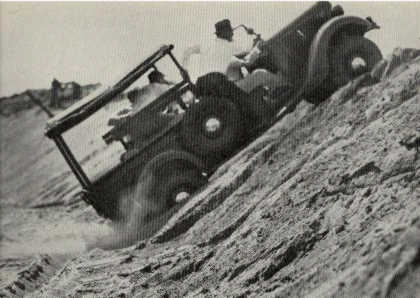
The Marmon-Harrington Company came up with a very capable prototype when they adapted a 4×4 system into a 1935 Ford 1/2 ton pick up truck. The vehicle was approved by the US army and became operational not only in the States but was also exported to Belgium. This truck is considered to be the “grandfather” of the Jeep Wrangler.
The 1/2 ton. Marmon-Harrington truck was indeed a good “multi-purpose” combat vehicle but it was too heavy and insufficiently agile on certain off-road situations, the US Army needed a lighter vehicle, a 1/4 ton., 4×4, with a crew capacity of 3 soldiers and armament and able to tow a light piece of artillery.
With the war against Germany looming on the horizon, the United States Department of War formalized its requirements for this lighter reconnaissance vehicle on July 11, 1940, and submitted them to 135 U.S. automotive manufacturers.
Initially, only American Bantan (subsidiary of the British automaker “Austin) and Willys-Overland entered the competition to secured the millionaire US Army contract. Bantam had a very good advantage since most of the Army requirements (wheelbase, ground clearance, etc) were very close to the company’s compact truck already in production. The schedule was extremely tight, the government gave only 49 days to show a prototype and 75 days to start production. Willys asked for more time and was immediately disqualified.

Using as many “off-the-shelf” parts as possible, Bantam delivered its “BRC 60” (Bantam Reconnaissance Car) prototype by September 23, 1940. The little car met all the Army’s requirements but one: the engine, with only 22HP, wasn’t powerful enough, a problem that could easily be fixed, adapting a bigger engine from another automaker.

The BRC 60 was the car the Army was waiting for and Bantam even delivered it on time, the only problem was: the company didn’t have the production capacity to meet the Army demands. The conflict in Europe was already in full steam and the War Department was desperate about this new vehicle; in order to increase the industrial capacity, they invited Willys-Overland and Ford to participate in the trials of the Bantam prototype. The government made clear that at this stage, the 3 participants should work as a team and not see each other as competitors. Ford and Willys were allowed to check and copy every detail of the Bantam car and transfer it into their own projects.
By November 1940, Ford and Willys delivered their prototypes to join Bantam in the Army’s trials.

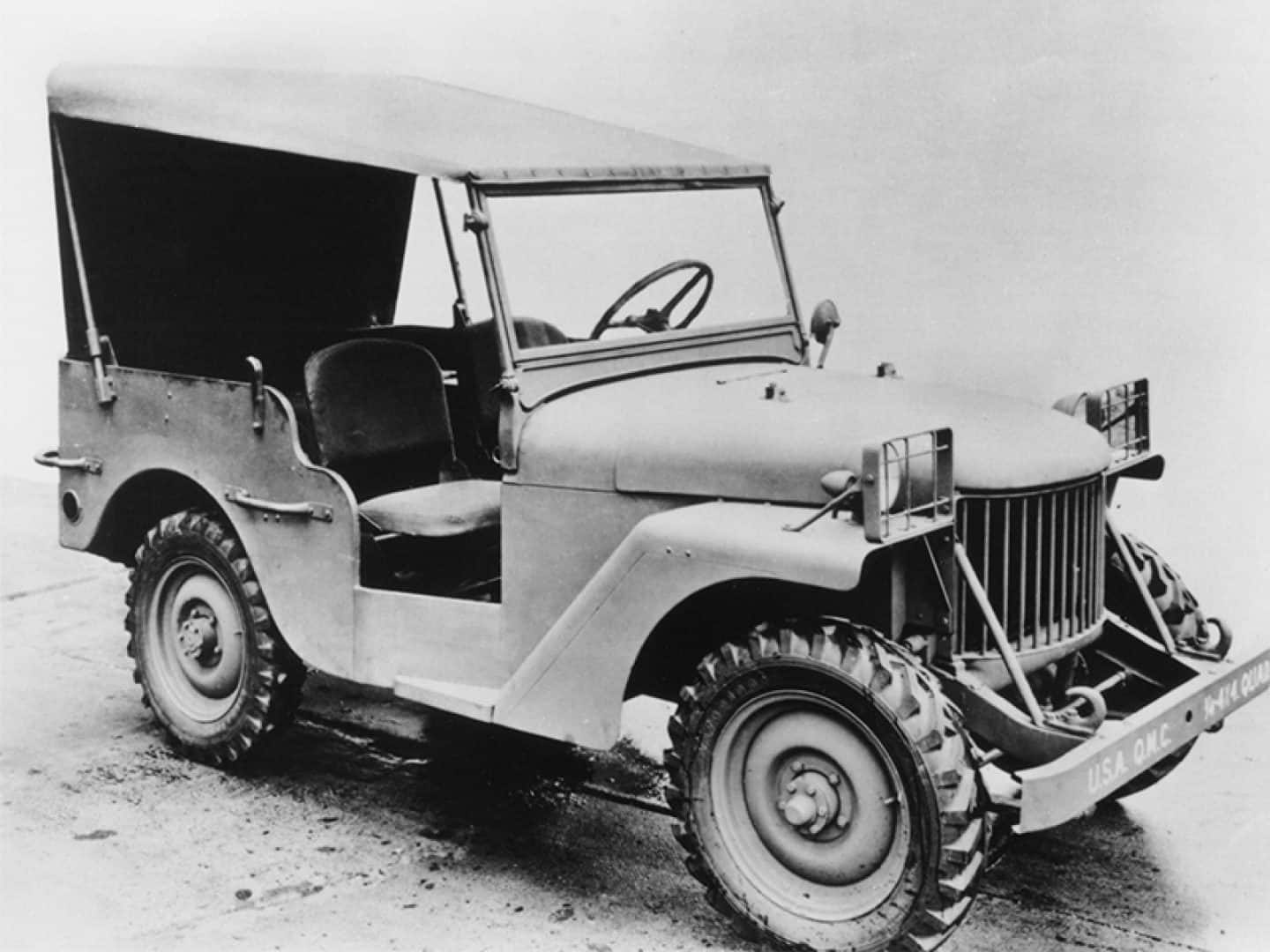
Pre-Production Trials.
In a very controversial conduct, the US military took possession of the Bantam’s blueprints and handed them freely to Ford and Willys; all in the name of the “War Effort”. No wonder all 3 prototypes, Bantan BRC 60, Ford ‘Pygmy”, and Willys “Quad” were quite similar in design and performance.
At this time the American participation in the conflict seemed inevitable and the War Department was under such pressure that all three cars were declared acceptable and orders for 1,500 units per company were given for field testing.
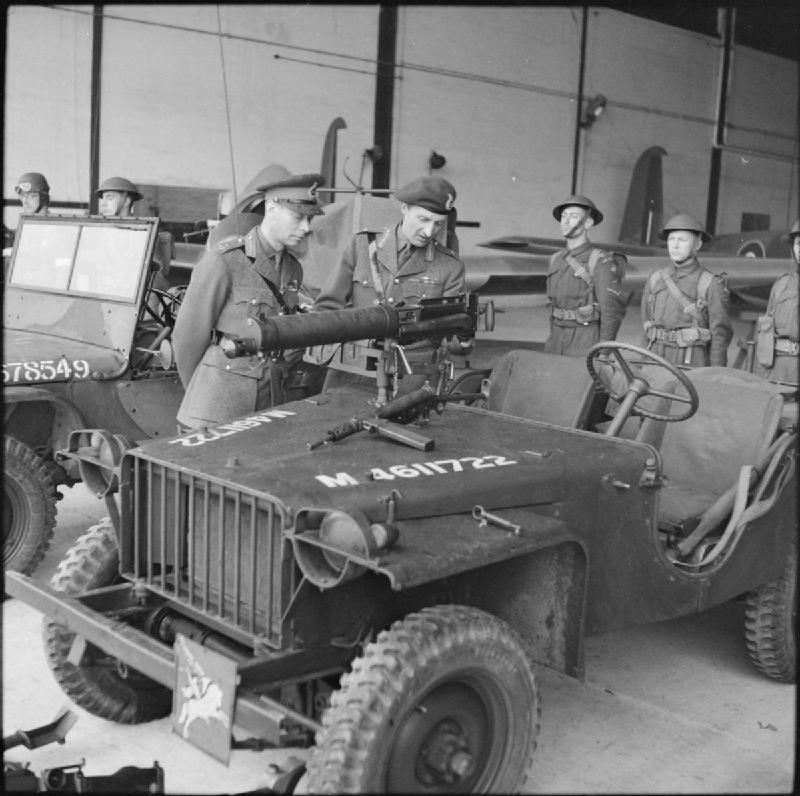
Bantam initially produced 2,605 “BRC 60” and they were mostly delivered to Allied nations under the “Land-and-Lease” program. Once again the diminutive size of American Bantam proved to be the biggest obstacle since the company would never be able to meet the Army’s demand for 75 vehicles a day.

Willys renamed his official vehicle “MA”, for “Military” model “A”. Some 1,555 ” were built, many of which were exported to the Soviet Union under the “Lend-Lease” program.
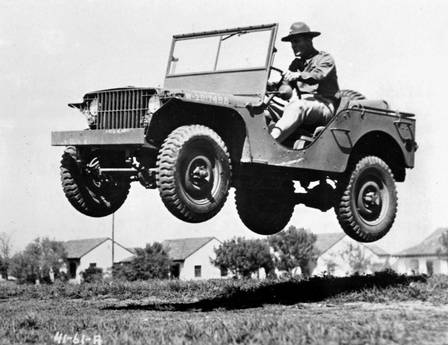
The colossal industrial capacity of Ford should have played a big role in this project, but their final product was a bit of a disappointment. The car, now renamed “GP” (Government Program), was a better vehicle overall, but in order to get the “GP” done as soon as possible, the car received an “off-the-shelf” engine, the same unit used on the Model “N” tractor. The decision proved to be a mistake: the engine was underpowered and unreliable. Ford initially built about 4,458 units and the US Army decided to keep them at home. The cars were delivered to military units for more field trials, but the GP’s performance fell short of expectations.
The “Jeep” name was born.
There are a few theories about how the 1/4 ton military truck adopted the name “Jeep”. It is a fact that the name as been part of the US military vocabulary as far back as WW I, loosed used to call any kind of new vehicle still in the phase of testing, it could be trucks, airplanes, and even boats. Some historians believe the name came from the Eugene the “Jeep”, a character in the Popeye comic strip. A mysterious animal with magical or supernatural abilities.
I rather stick with the most technical theory, that the name came from the letters “GP”.
Even if the Ford GP didn’t deliver the expected performance, it was the car that American soldiers spent more time behind the wheel during the trails, since the Bantam and Willys models were mostly exported to friendly countries. During the time the car was being extensively tested, the name “GP” became famous in every Army unit around the US; naturally those two letters phonetically morphed into”Geepy” and latter on into “Jeep”.
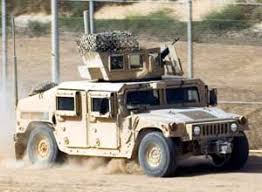
Decades later a similar situation happened with another military vehicle: the HMMWV, which stands for high mobility multi-purpose wheeled vehicle. The soldiers quickly nicknamed the truck “Humvee”.
Full Production.
By July 1941, the War Department came to the obvious conclusion that it was a bad idea to have multiple automakers producing the same car. The environment of a global war can be, to say the least, chaotic, and to supply spare parts for 3 different brands of Jeep on the battlefield could be disastrous. The chosen brand to carry on the production was Willys, primarily because the “MA” easily outperformed the other o competitors. The car was equipped with the fabulous 4 cylinder, 2,200cc, “L-134” engine, capable to produce 60 HP. The trial teams nicknamed the engine “Go Devil”.

For its final product, Willys incorporated some designs solutions from the competitors, for example: to make the headlights less vulnerable, they were moved from the top of the fenders to the grille panel, a solution copied from the Ford GP. The new car was renamed Willys “MB”.
The new “Jeep” introduced a few ingenious solutions that later became standard on all off-road vehicles: the “constant-velocity joints” on the front-driven wheels and the transfer case to control the “4X4 mode”.

By October 1941, it became clear that Willys-Overland didn’t have the capacity to keep up with the US Army’s demand, and Ford was called to once again join the program. The giant automaker was instructed to use all the Willys blueprints, drawings, specifications, and patents, including the Willys engine. The Ford car was then designated “GPW”, with the “W” referring to the “Willys” licensed design and engine. During World War II, Willys produced 363,000 Jeeps and Ford some 280,000. Approximately 51,000 were exported to the Soviet Union, under the Lend-Lease program.
Tough, reliable, agile, unstoppable, the list of attributes goes on and on. The Jeep was sent to Europe, Africa, and Asia and saw action in every single battlefront during the war.
![Photo] Heavily armed and specially modified jeep of British L ...](https://i.pinimg.com/originals/17/34/a7/1734a77a0160e5d67d66f97910338ade.jpg)
Jeeps were used in as many tasks as the GI’s could think of: towing supply trailers, carrying water, fuel, and ammo, and pulling through the most difficult terrain. They performed scout and reconnaissance duty and were also frequently used as ambulances for the wounded and did hearse service. The Jeep was perfect as a weapon platform – either with mounted machine guns or pulling small artillery pieces. The Jeep’s flat hood was used as a commander’s map table, a chaplain’s field altar, the G.I.s’ poker table, or even for field surgery. The car was considered (along with his rifle) the soldier’s best friend and many of them enjoyed driving the nimble jeep, appreciating its powerful engine, low-cut body sides, bucket seats, and manual floor-shifter. The “MB” was as close to a sports car as most GIs had ever driven. Enzo Ferrari famously called the Jeep “America’s only real sports car.” All these “sports” qualities would later be very well appreciated during the Jeep’s civilian career.
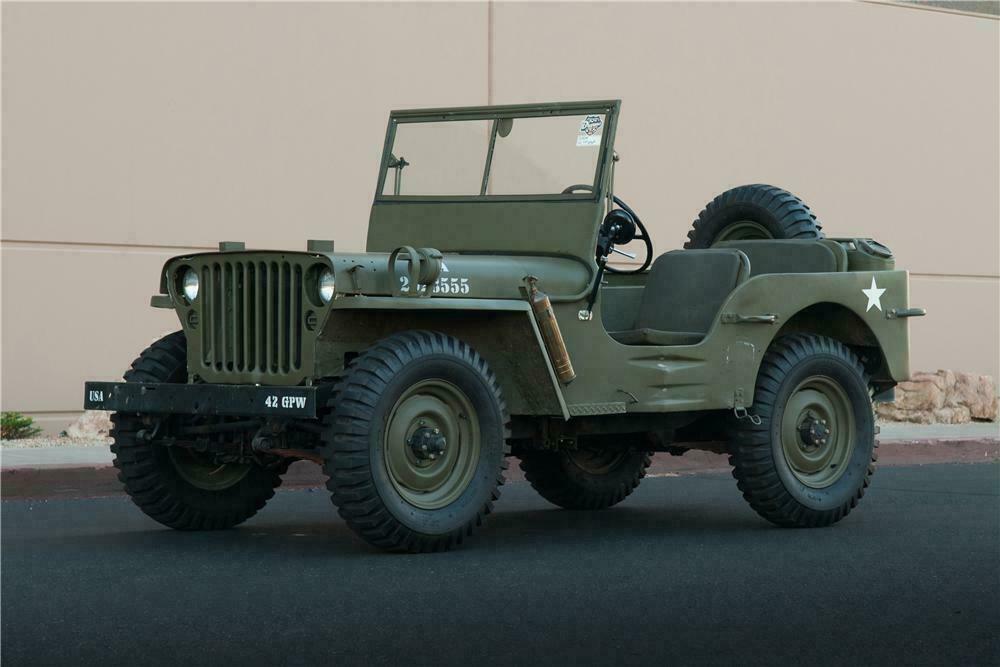
Pulitzer Prize-winning war journalist Ernie Pyle wrote: “It does everything. It goes everywhere. It’s as faithful as a dog, as strong as a mule,, and as agile as a goat. It constantly carries twice what it was designed for, and still keeps on going.
The green-olive Jeep, with a big white star painted on the hood and a GI wearing an unstrapped helmet at the wheel, became one of the most iconic images of WW II.

President Eisenhower once calling the Jeep: “one of the decisive weapons the U.S. had during WWII”, placing the little ” 1/4 ton” truck among noble machines like the P-51 Mustang and the aircraft carrier.
General George Marshall called the car: “America’s greatest contribution to modern warfare.”
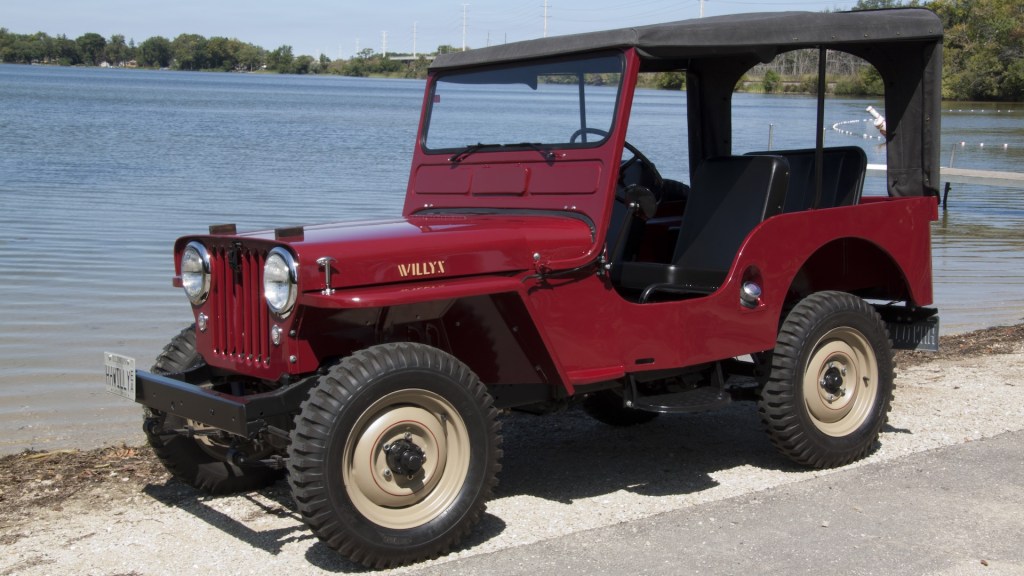
The “MB” became the crown jewel of Willys-Overland, never before a car from its lineup received so much praise and recognition. The company decided to stretch this success beyond the battlefield and in 1944 Willys unveiled the “CJ” (civilian Jeep). Two years later Willys finally registered name “Jeep”.
The original Willys MB and Ford GPW still saw a lot of action during the Korean war (1950 – 1953) before receiving some updates.

In 1953, Willys merged with another small, independent American automaker: Kaiser Motors and two years later both companies phased out their passenger car lines. The idea was to focus exclusively into the military / off-road vehicles.
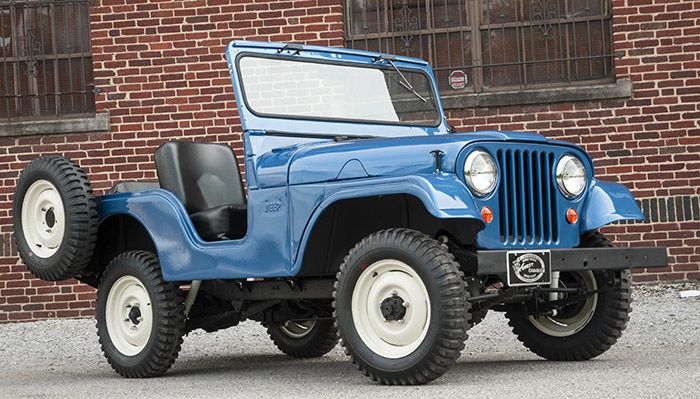
Understandably, Willys was afraid of deep changes on the successful “MB” and in 1955 the car received only minor design updates, bringing the Jeep closer to the modern “Wrangler” we know. The military version was renamed M38 and the civilian was called CJ 5
The Substitute.

In 1959, Ford was the winner of a massive US Army’s contract, intended o replace the old “MBs” and “GPWs”. The new project was called by the government: “MUTT” (Military Unit Tactical Truck) and received the official name Ford M151. Even if it was quite similar in design with its predecessors, this “Jeep” was a new car all together, Ford adopted some modern solutions like unibody platform and front and rear independent suspension.
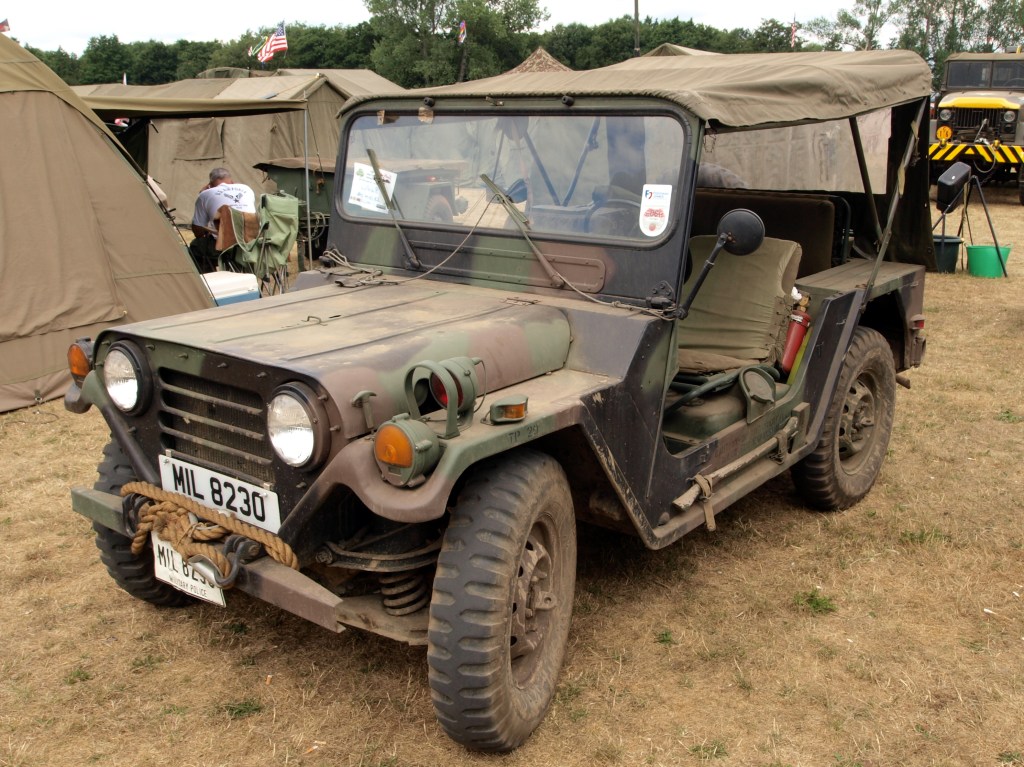
Remembering the old times from WW II, when the demand was too high (like during the Vietnam War) the “MUTT” was also built by other companies, like Kaiser-Jeep and AM-General. Together, the 3 companies put together more than 100.000 cars from 1959 and 1982.
The MUTT represents the end of an era, even if Kaiser-Jeep kept suppling other vehicles to the US Department of Defense, the military career of the old war hero was officially over.
In the next chapter lets talk about how Jeep consolidate the “CJ” as the most popular recreational vehicle in North America.
